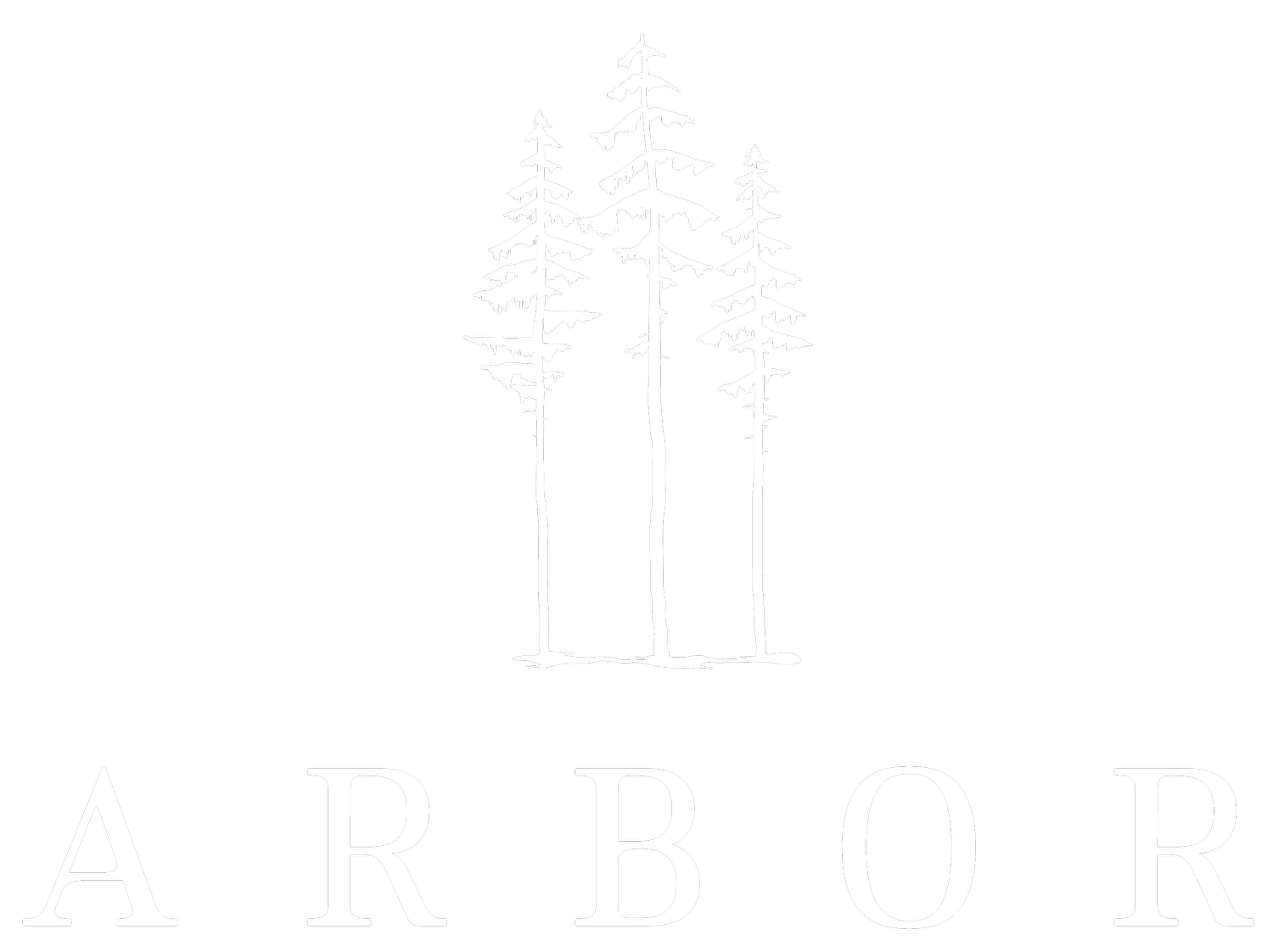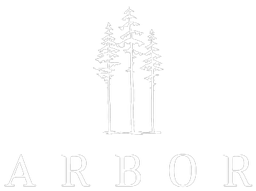Glampsite facilities and landscaping - a practical guide
In this article we take a look at some of the most popular ways to enhance a glampsite, their pros and cons and potential costs.
When it comes to developing a glampsite, it’s important to spend as much time thinking about the facilities and the layout of the site, as it is the specifics of the accommodation. To do this, it’s essential that you think about which type of customer you want to attract. Not all glampsites are the same, and not all customers are looking for the same experience from glamping. In crude terms, some are looking for a more basic, back to nature experience, and others are looking for a more premium offer, with a higher quality level of facilities. It’s important to understand which audience you’re appealing to before you start. This will determine both your budget, the types of facilities you decide to offer and the prices you can charge - generally speaking, the greater the facilities on offer the more you can charge.
The overall experience of a glamping holiday, from toilets to paths and facilities is as important to guests as the accommodation itself, and is really important for driving positive word of mouth and return visits from guests - an vital factor in building a more successful and profitable site.
Landscaping
If you’re lucky, you’ll already have a beautiful site with great views. But don’t worry if you don’t, a bit of simple landscaping can make a big difference. It’s important to start with a plan, possibly drawn on a piece of graph paper or sketched out on a computer program like Sketch Up. When you’ve done this, you can then play around with various options. Generally speaking, people want as much privacy as possible, so it’s best to make sure you focus on getting the position of the accommodation right. Plan where the shepherd huts look out - people don’t want their door or seating area in the direct eye line of someone else. And if you don’t have a huge plot for a glampsite, then think about erecting some screening, not only to create more private spaces, but also to hide more unattractive views or aspects of the site. Wicker hurdles are a great option for screens if you want to create that rustic, rural feel many guests are looking for, or you could even move earth around to make bigger screens. Wicker panels aren’t necessarily that cheap - they range from £35 to £100 per panel depending on size - but even a few can make a big difference screening and separating the space. Good paths that don’t get muddy in the rain are also important. You might also want to include a communal area with a larger firepit as part of your plans, and think about the space outside the huts - it might be a good idea to extent the hardstanding out the front to create a cleaner ‘patio’ area outside each hut.
Planting
Clever planting can also make a big difference to a glampsite. Even in the first year, when sites can look a littel bare, quick growing hardy perennials like lavender, foxgloves, poppies, and lupins along with ornamental grasses can make for a nice contemporary feel to a site. They can also quickly cover any bare earth of landscaping work. If you’re not a very confident gardener it’s definitely worth employing a garden designer or gardener to help choose the right plants for your particular setting and soil.
Solar Panels
Solar panels can be a good financial investment as well as being a feature that attracts the more eco conscious visitor. It is possible to fit small, simple systems with a small leisure battery and curved panels for the roof onto each van. However, if you’re running a bigger site then it probably makes sense to look at a standalone systems which would sit on the ground or on the roof of a larger building. These larger, standalone systems can generate a lot more power and are usually a better option on a glampsite with multiple units. Expect to pay around £1500 - £2000 for a small array attached to a shepherd hut, and somewhere around £8000 - £10,000 for a 4Kwh array, which should be enough to power a few shepherd huts. It’s important to note, however, that small arrays cannot provide enough power to do much more than run the lights and sockets, more power hungry appliances like kettles and ovens will require either bigger arrays or supplementary power from the grid.
The return on investment for solar panels in the UK can vary depending on a number of factors, including the size of the solar panel system, the location of the property, and the efficiency of the panels. On average, however, homeowners in the UK can expect to see a return on their investment in solar panels within about five to ten years (though with electricity prices at current rates, this figure can be lower.)
Composting Toilets
Composting toilets are a type of toilet that uses the process of composting to break down and recycle human waste. Instead of using water to flush waste away, composting toilets use bacteria and other microorganisms to break down the waste, creating a compost material that can be safely and easily disposed of.
Composting toilets are becoming increasingly popular as an alternative to traditional flush toilets, especially in areas where water is scarce or where the use of water for flushing waste is not environmentally sustainable.
Traditional flush toilets can use up to seven gallons of water per flush, which adds up quickly when you consider that the average person flushes the toilet five to six times per day. Composting toilets, on the other hand, use little to no water, making them a more sustainable and potentially cheaper option.
Composting toilets can be a popular option on glampsites - in part because they need no expensive plumbing and can be place anywhere on site. However, not everyone is keen on the idea, so they’ll work better with a glampsite that specifically sells itself on its eco credentials. Higher end, luxury glampsites might be best to avoid them unless that’s clearly part of their offer.
Composting toilets come in a variety of designs and styles, from simple, self-contained units that can be easily installed in a home or cabin, to larger, more complex systems that are used in commercial or public settings. Most composting toilets consist of a composting chamber, where the waste is broken down by bacteria and other microorganisms, and a ventilation system to help control odor and promote the composting process. Composting toilets cost around £500 for the unit, with another £500 to £1000 if you want them housed.
Trellises, Arbors and Awnings
Trellises, arbors and awnings can help add ambiance to a site. Strung with lights at night they can make for an attractive addition to a glampsite at night, adding atmosphere and helping guests find their way around in the dark. Awnings can also have a dual purpose, working as sun shades for more exposed sites, as well as adding visual interest. Sail awnings can, for relatively little outlay, also help screen a site. Sail awnings cost as little as £30 or £40.
Firepits
Fire pits are favourite features for many glampsites, with guests enjoying the chance to sit by and open fire in the evening. Some fire pits also have a built-in grill or grate for cooking food. Firepits can be made from a variety of materials, including metal, brick, or stone. They typically consist of a circular or square-shaped pit with a surrounding wall or rim to contain the fire and protect people and nearby objects from the heat. They come in a wide range of prices, but expect to pay anything from around £100 pounds up to several hundred pounds. There are lots of cheaper firepits on the market, however, these are for home use, and are often made out of cheap materials that don’t last. For a glampsite owner it makes more sense to invest in a sturdier, more durable firepit.
Wooden Hot Tubs
Wooden hot tubs are an increasingly popular addition to glampsites. Tpically made from cedar or other types of wood that are known for their durability and resistance to rot and decay, they’re a popular choice for many people because they have an attractive natural and rustic look.
One of the benefits of wooden hot tubs is that they are typically larger and more spacious than traditional tubs made from other materials, such as acrylic or fiberglass. This allows for a more comfortable and relaxing soak, and makes them ideal for use by couples or small groups of friends.
You can wooden hot tubs which are heated by a log stove attached to the tub, or ones with an electric heater. Heating a hot tub with wood, however, can take quite a while, and does generate ashes which have to be cleaned on a regular basis.
Wooden hot tubs are popular and can definitely help attract guests, however, they’re not cheap, with prices starting at around £3000 - £4000.
Finally, it’s important to remember that not all glampsites are the same, and not all customers are looking for the same experience from glamping. Try to match your facilities to your offer and the customers you want to attract.


